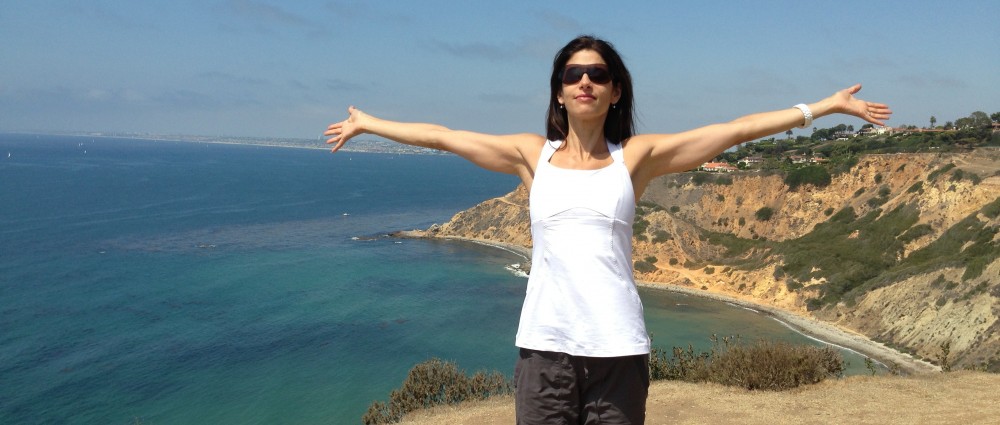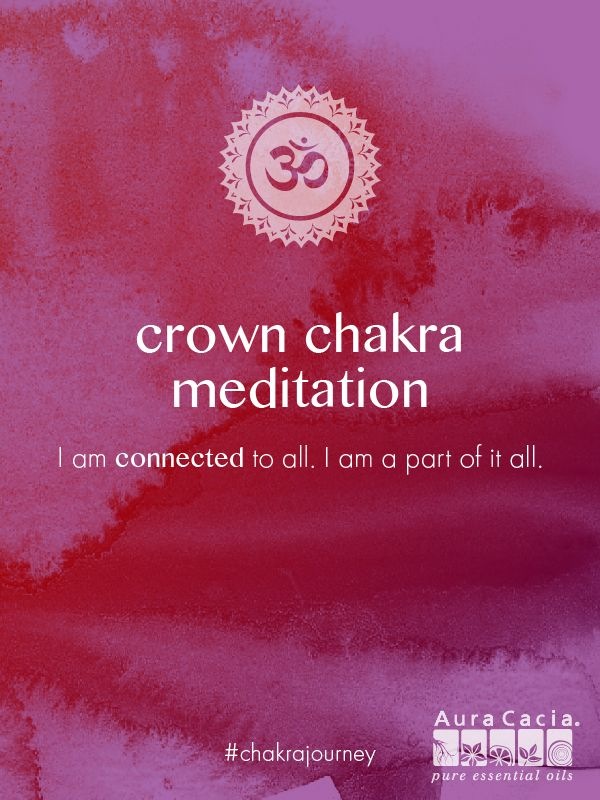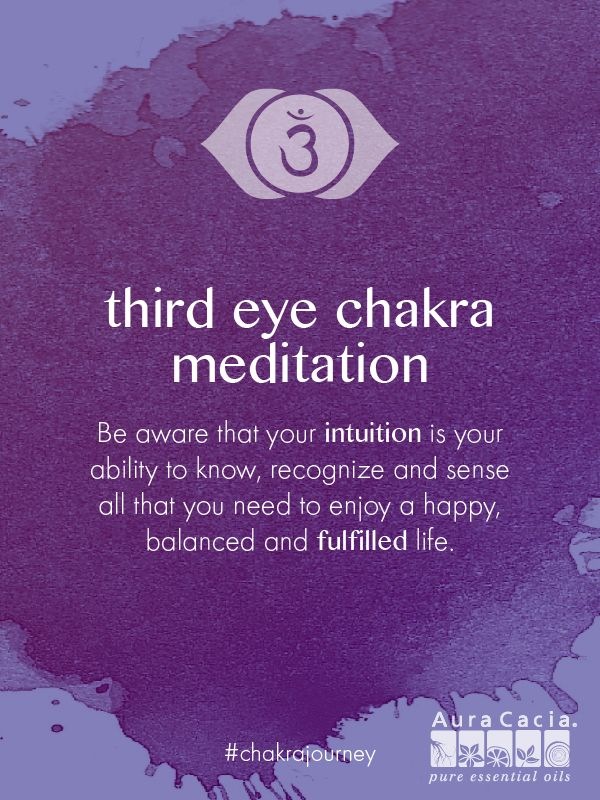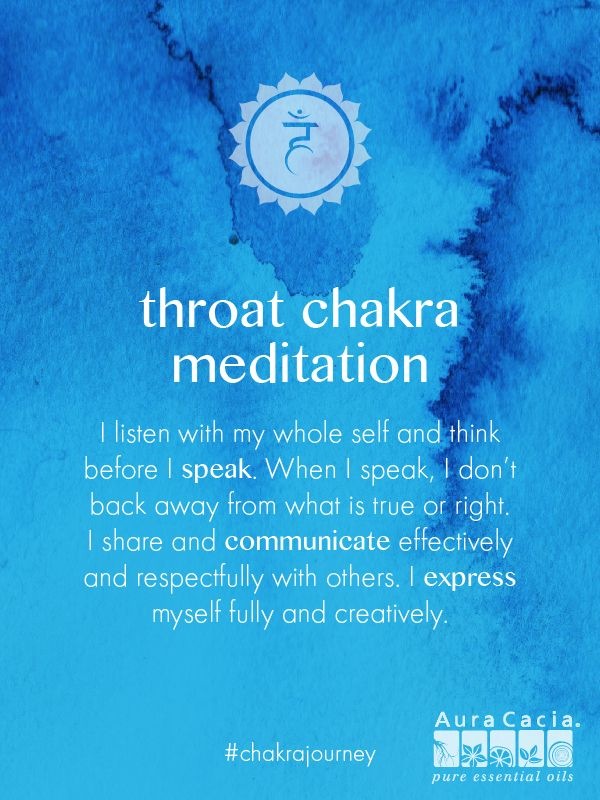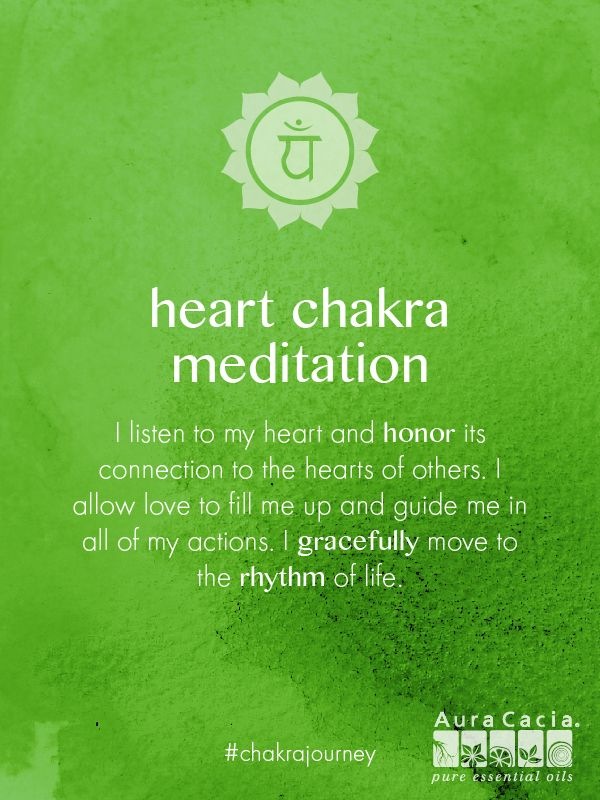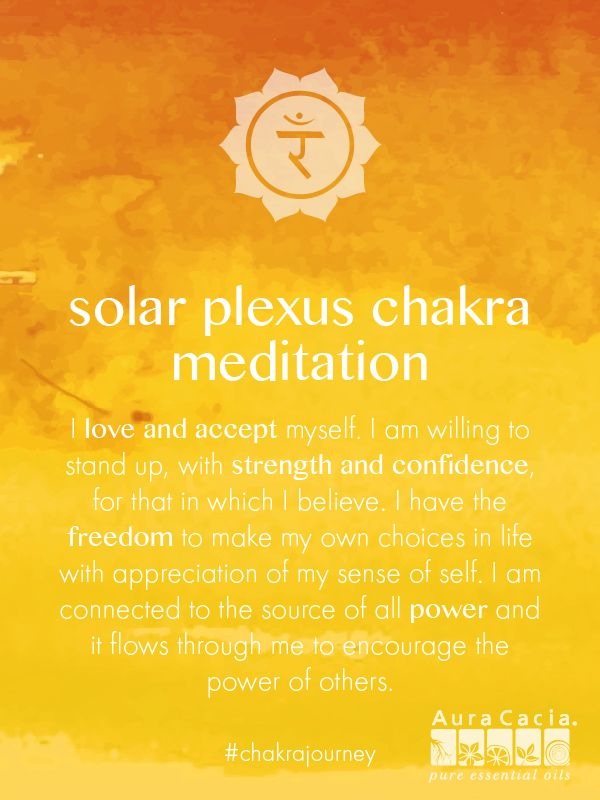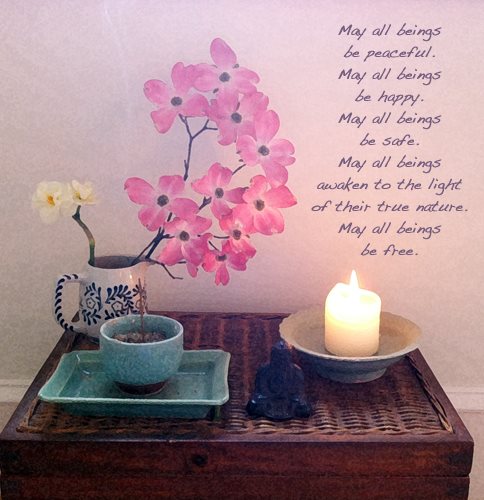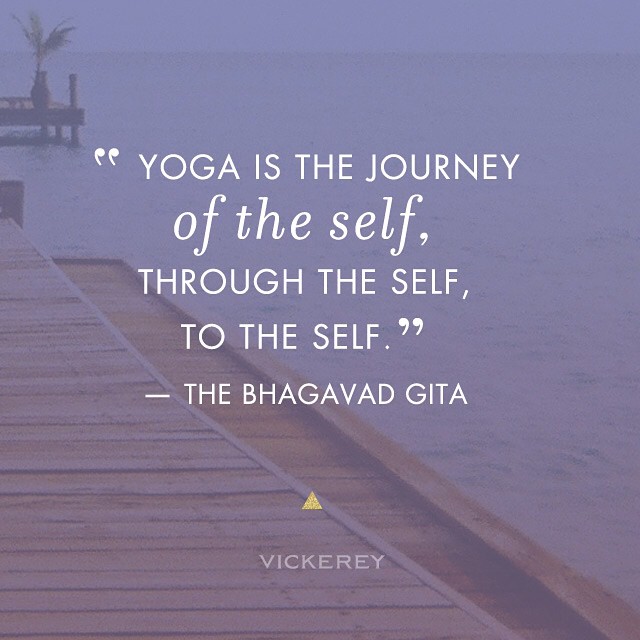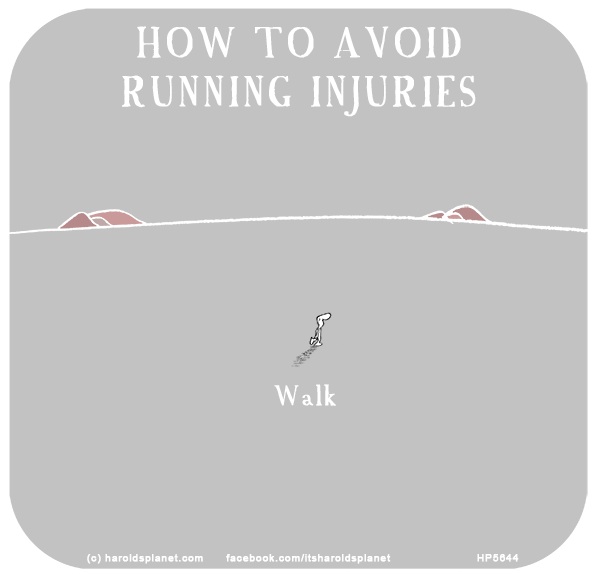Seventh chakra affirmations…As you now know, from reading the first and subsequent instalments of these chakra posts traditionally the yogic system holds that there are 7 chakras, or energy centres in the body. These are arranged vertically from the base of the spine to the crown of the head. Chakra is the Sanskrit word for ‘wheel’, and these centers are perceived as spinning wheels of energy. Today we arrive at the crown of the head, cerebral cortex, which is, if you are doing a headstand, where you place your head down (as opposed to the forehead). Called the Sahasrara chakra, the colour associated with it is purple.
The affirmation here is “I am connected to all. I am part of all.” Concepts associated with this energy centre are awareness, and expanded consciousness, spirit, intelligence and divinity; our connection with our higher self. Naturally, if you are lost in worry and over-thinking, this is going to present an imbalance here. Meditation, on the other hand, will promote harmony. If you tend to ‘space out’ just to be clear, this is also an imbalance. the process is one of expanding your notion of self, but also, staying grounded in your body and in the present moment.
